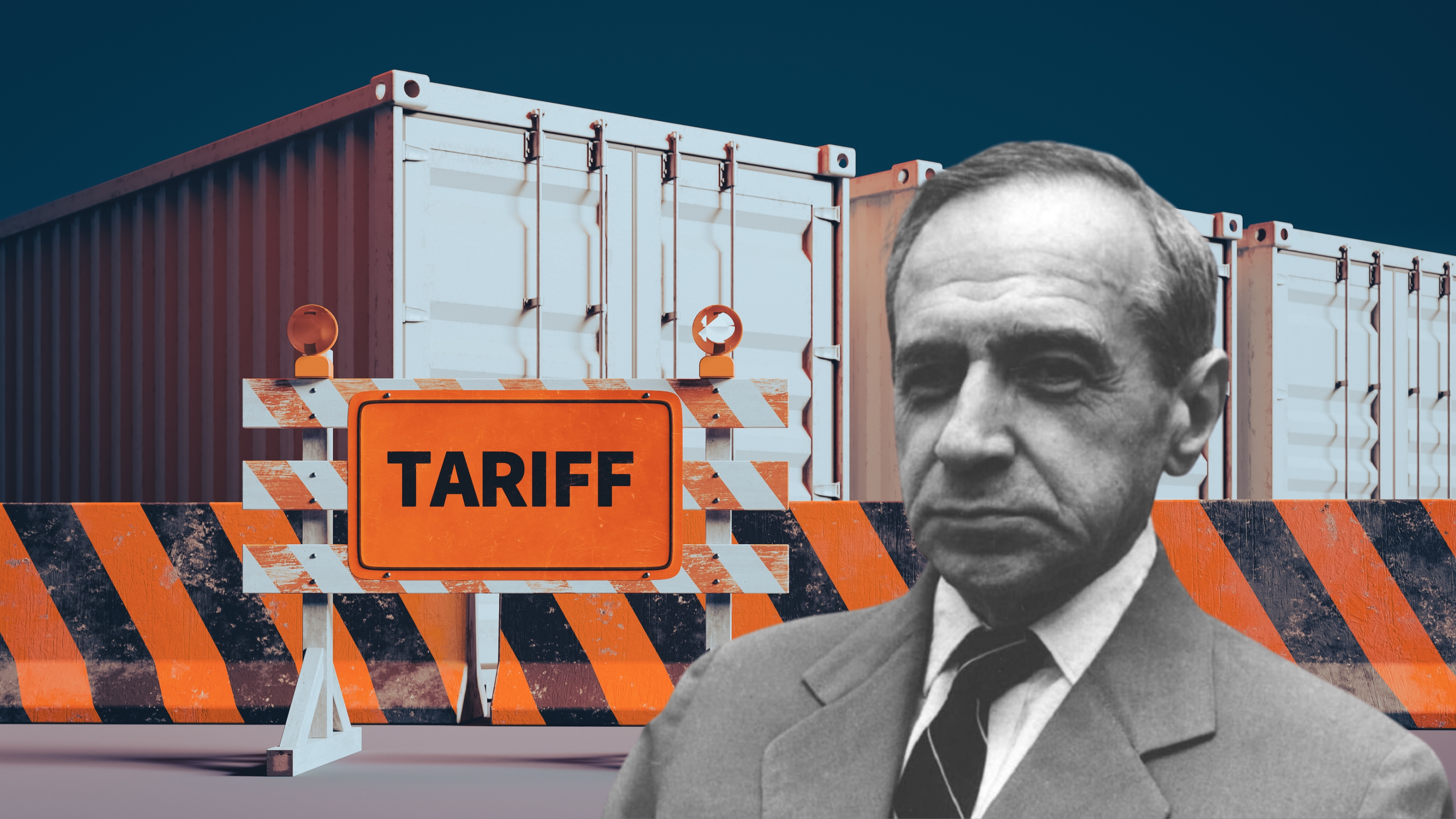On the occasion of the 70th anniversary of Kalecki’s seminal lecture in Mexico on financing economic development, Jan Toporowski’s INET Working Paper considers the relevance of structuralism and Kalecki’s view of economic development for today.
The speed with which tariffs have become the instrument of choice in international trade diplomacy has brought dismay to those politicians and commentators who thought that ‘globalization’ had become established as the one true (and efficient) system of commercial intercourse between nations. The turn to tariffs might also have brought comfort to many progressive development economists from the last generation, who regard free trade and global integration of credit markets as obstacles to the industrialisation of developing countries through import-substitution behind tariff barriers and restrictions on imports. Partisans of such development strategies need not look far for confirmation of the link between trade controls and industrial advance. The very motivation behind the tariff policy of the United States is patently the reindustrialisation of the US, whose rust-belt gifted Donald Trump his second term in office.
The ‘structuralist’ development economists, from the 1950s onwards, had a more sophisticated and critical view of the institutional obstacles to machine production in less developed countries. They correctly identified the control of markets for manufactured goods, from cars to televisions, by oligarchies of producers in the developed world, as key barriers to obtaining the economies of scale required by industrial production. Today, these oligopolies are being reinforced by the auctions of tariffs now taking place between the main trading nations and groupings, in which the developing countries and emerging markets have little option but to line up with more powerful partners.
What this tariff diplomacy actually offers developing countries is dubious. What is arguably much more significant are the processes of development internal to those countries that may also destabilise those economies. Those processes were identified by Kalecki as the circular flows of income and money that, in developing countries concentrate profits in the pockets of traditional wealthy classes: landowners, merchants and money-lenders with little interest in industrial development. In the open trading regimes that have prevailed among developing countries with globalisation (actually under pressure from the International Monetary Fund and the World Bank), profits come to converge in the accounts of international corporations.
The other destabilizing process arises from the transfer of labour from subsistence agriculture to urban employment. At the lowest levels of incomes, any increase in employment gives rise to increased expenditure on food and basic necessities. If supplies of these do not rise proportionately to the increase in employment, then prices rise, and real wages fall. Attempts to raise wages to maintain their real value may merely set off a wage-price spiral of inflation. In this situation, the supply of food and basic necessities becomes as much a crucial bottleneck for economic development as the external trade position that is, ostensibly, addressed by tariff policy.
For these reasons, Kalecki urged restraint in industrial planning, pointing out that even a private sector investment boom may give rise to such inflationary pressures. In developing countries today, such a boom is commonly set off by foreign direct investment, an outcome of a social structure in which traditional wealthy classes show off their wealth by their conspicuous consumption rather than their dedication to industrial investment.
Shortly after the Cuban Revolution in 1959, Kalecki was invited to Cuba to draw up a five-year plan for economic development. In Havana, he found the economic policy-makers under the influence of structuralist economists convinced of the imminent benefits of rapid industrialization. This set the scene for a confrontation between Kalecki’s cautious approach to economics, carefully maintaining internal equilibrium in the supply of wage goods, while avoiding external trade crises. In the end, he was disillusioned by the lack of reliable data and a political situation that fed more sanguine economic ambition.
These are dramas which have been played out in East Asia, where the control of supply of food and basic necessities has been a largely untold part of an Asian industrialisation narrative that has focused on East Asian export success to the neglect of the efforts of governments there to maintain food supplies to rapidly growing urban populations.
In his earlier thinking, Kalecki had regarded land reform as the solution to the problem of food supply, taking land out of the ownership of wealthy landowners and giving it to their tenant farmers, who would then acquire an economic interest in increasing the productivity of their land, and hence food supply to urban areas. However, in Cuba, Kalecki found Cuban agriculture dominated by plantations producing cane sugar for export. He cautioned against handing over the plantations to the local farmers who lacked the technical and managerial skills to produce for export, or food for urban markets.
Such plantation economies are a common feature of many developing economies, most notably in Latin America (Argentina, Brazil, and Paraguay) and Southern Africa, with the potential to overcome the food constraint on development in urban areas. But plantation owners are commonly a conservative influence on government policy that is reinforced by their crucial position in exports from those countries. While considerations of social justice urge the redistribution of land to those who work that land, this will only serve economic development if those new owners have the necessary competence and energy to raise the productivity of their land.
The structuralist approach to economic development correctly highlights the social and economic barriers that developing countries face in expanding the range and quantity of their output. In the structuralist view, these barriers could be overcome by determined state-supported industrialisation. Kalecki challenged this view by pointing to the internal social class barriers to development, and the need to assure supplies of basic wage goods in order to avoid inflationary pressures that could derail the development process. Globalization has reduced much of the development effort to waiting for sufficient development finance. As tariff wars demolish the reality of globalisation, Kalecki’s caution on rapid industrialisation becomes more relevant today.




